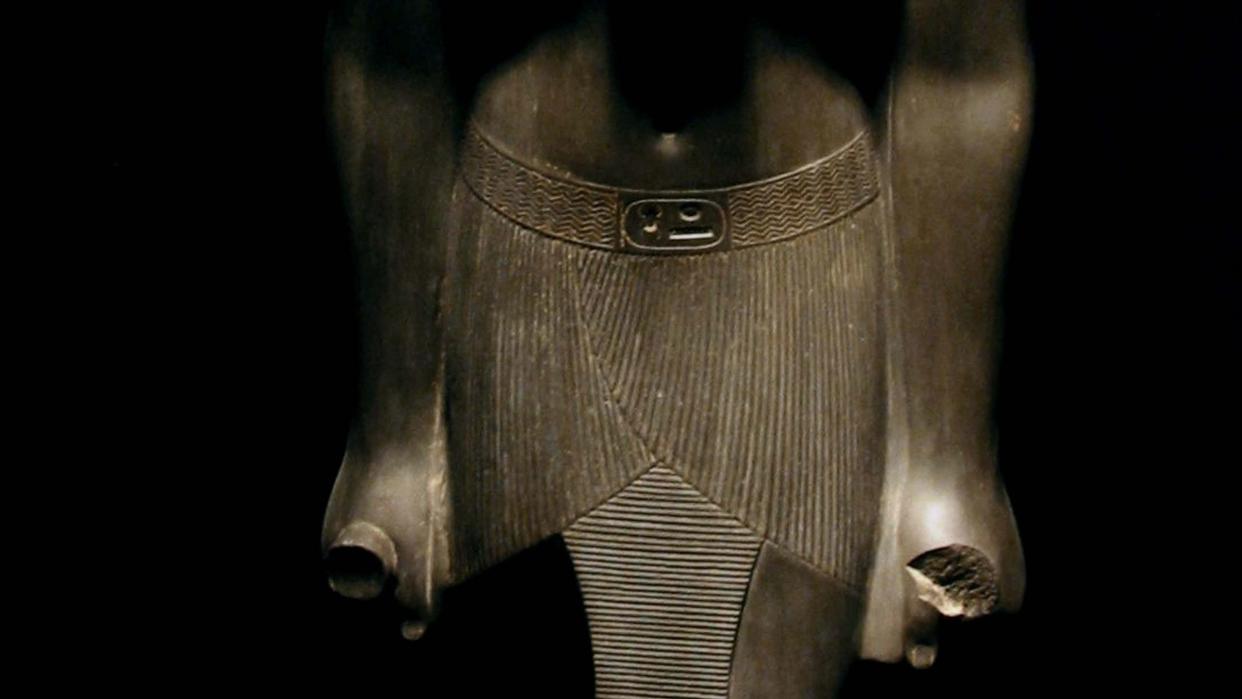Archaeologists Uncovered the Secret Hideaway of an Egyptian Pharaoh

Archaeologists from the Egyptian Archaeological Mission have uncovered a 3,400-year-old royal palace in Tel Habwa, northern Sinai, which they believe served as a retreat for the Egyptian pharaoh King Thutmose III during Egypt’s 18th dynasty.
The archaeologists found the house during a recent development project. “It is likely that this building has been used as a royal respite due to the architectural planning of the building and the scarcity of pottery fractures inside,” the Ministry of Tourism and Heritage writes in a translated statement posted on Facebook.
The vacation home features a grand main hall with three limestone columns, a secondary hall, and several adjoining rooms, all adorned with prominent pillars. The archaeologists determined the age of the palace by analyzing the sequence of layers at the ruined site and examining pottery found nearby. Additionally, they discovered two artifacts inscribed with King Thutmose III’s name.
Experts believe the home was used as a place of rest during King Thutmose III’s war campaign to expand the Egyptian Empire to the east. And he certainly would have needed rest, as the pharaoh is credited with building out Egyptian rule to a scope the empire had not seen before him.
King Thutmose III was born in 1504 BC and succeeded to the throne following the death of his father. He shared power with his aunt for the first 20 years of his reign, but became pharaoh after her death. As the sixth pharaoh of Egypt’s 18th dynasty, Thutmose III battled to reestablish Egyptian rule of Syria and Palestine, creating Egypt’s largest dynasty up to that point. He died in 426 BC.
Located in what is now near the Suez Canal and about 100 miles northeast from Cairo, the location of the home sits along what was a key military road, the Way of Horus, considered a vital route connecting Egypt with a variety of locations across the region.
In the years after the pharaoh frequented the building, it was eventually fortified by a perimeter wall and a main gate. At some point in the site’s history, it was used as a cemetery, with many of the graves featuring the remains of children.
Egyptian scholars believe they can learn about Egypt’s military history during the modern state era, particularly in Sinai, by further studying the find, one of the most fanciful vacation homes a pharaoh could have.
You Might Also Like


